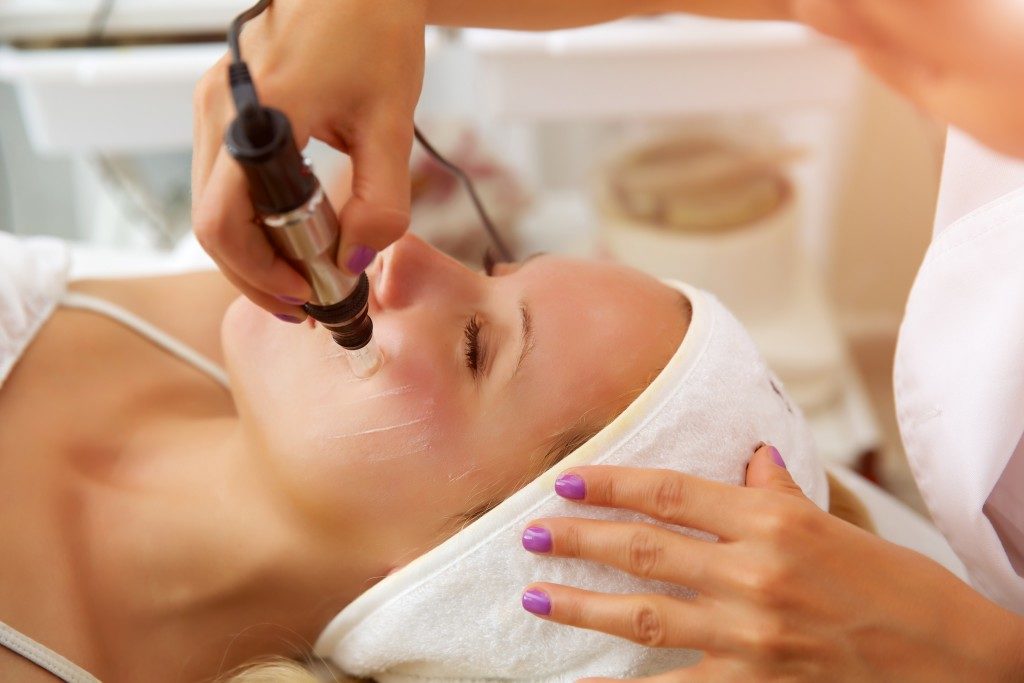Disclaimer: Mladysrecords. This site provides fashion and lifestyle content for informational purposes only.
Collagen is a cult favorite in the beauty world. Plenty of products, such as collagen-enriched serums, creams, and supplements are available in the market, and they continue to multiply each day.
Leveraging technological advancements, the industry is able to introduce collagen treatments and cosmetic procedures. One of these is the Collagen Induction Therapy (CIT) or microneedling.
What is Microneedling?
Microneedling is a minimally invasive cosmetic treatment. It uses tiny needles to create superficial punctures on the face. This triggers the skin’s natural healing ability, stimulating collagen repair. The treatment is mostly used for anti-aging, helping reduce the appearance of wrinkles and fine lines.
Some patients have the procedure done on other parts of their bodies, such as legs and buttocks, to get rid of stretch marks and other imperfections. Apart from anti-aging purposes, micro-needling improves the overall texture of the skin. It evens out hyperpigmentation caused by sun damage or acne scars.
Dermatological clinics and licensed medical spas offer microneedling.
How is the Procedure Done?
Several days prior to the procedure, the doctor may ask you to stop taking certain medications, such as acne treatments or ibuprofen. This will help ensure the efficacy of microneedling. You’ll also need to stop applying topical retinoids well in advance of the procedure. The properties present in retinoids may interfere with the CIT and cause side-effects.
The esthetician will apply topical numbing agents and collagen-stimulating products to prep your skin an hour before the treatment. Microneedling creates small pricks using a pen-like tool. The device has adjustable needles, so the clinician can puncture at various depths, depending on the patient.
The procedure takes approximately 30 minutes. The doctor then applies a serum or cream to calm your skin.
What is Aftercare Like?

The recovery time is minimal, which means you can get back to your daily activities right after the procedure. Most patients need very little downtime, depending on how their skin reacted to the treatment.
You may notice redness and skin irritation several days after getting a CIT. This reaction is normal as your skin takes time to repair itself. You can apply makeup to cover the redness then go back to school or work.
Sunscreen is a must after the treatment. Your skin will be extremely sensitive to the sun, so protection is necessary.
Call your doctor if you notice troubling side effects, such as infection, bruising, bleeding, or others. Although CIT is generally safe, with minimal discomfort and pain. You do have to be in good health to qualify for microneedling. Also, you must have certain skin concerns that haven’t responded to other treatments.
The legality of microneedling is still in debate, and states have different regulations for similar medical treatments.
What are the Safety and Legal Requirements?
Estheticians aren’t allowed to perform invasive procedures in many states. But because most of them operate in medical spas that offer minimally invasive treatments, some states amended their laws. The new rules allow estheticians to perform medical treatments under the guidance of a licensed physician.
In Utah, for example, estheticians can only use a microneedling device when it’s for cosmetic or aesthetic purposes. They’re allowed to operate without supervision if the needle penetration doesn’t exceed 1.5 mm. Otherwise, a licensed health care practitioner must be present.
Keep these in mind before you decide to go in for a microneedling appointment. More importantly, consult your dermatologist to know which treatment plan would be best for your skin.

